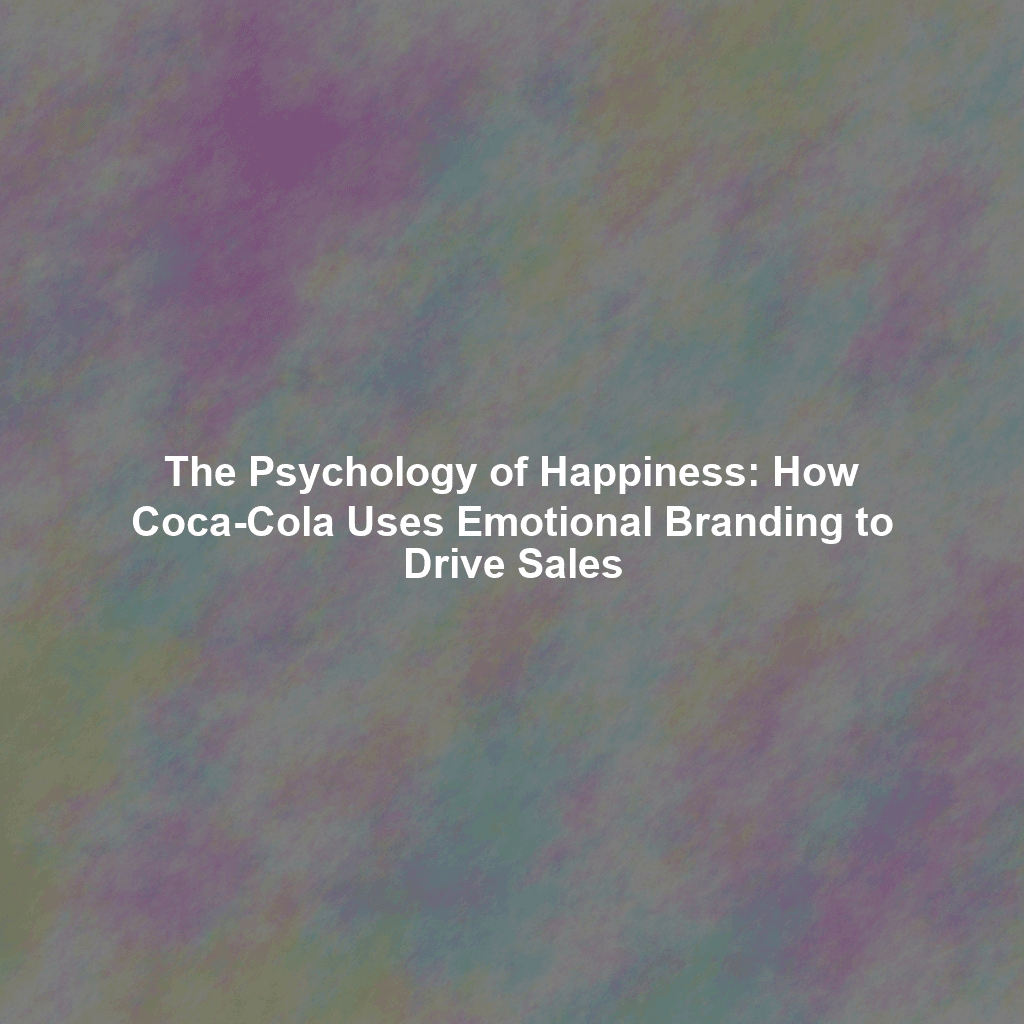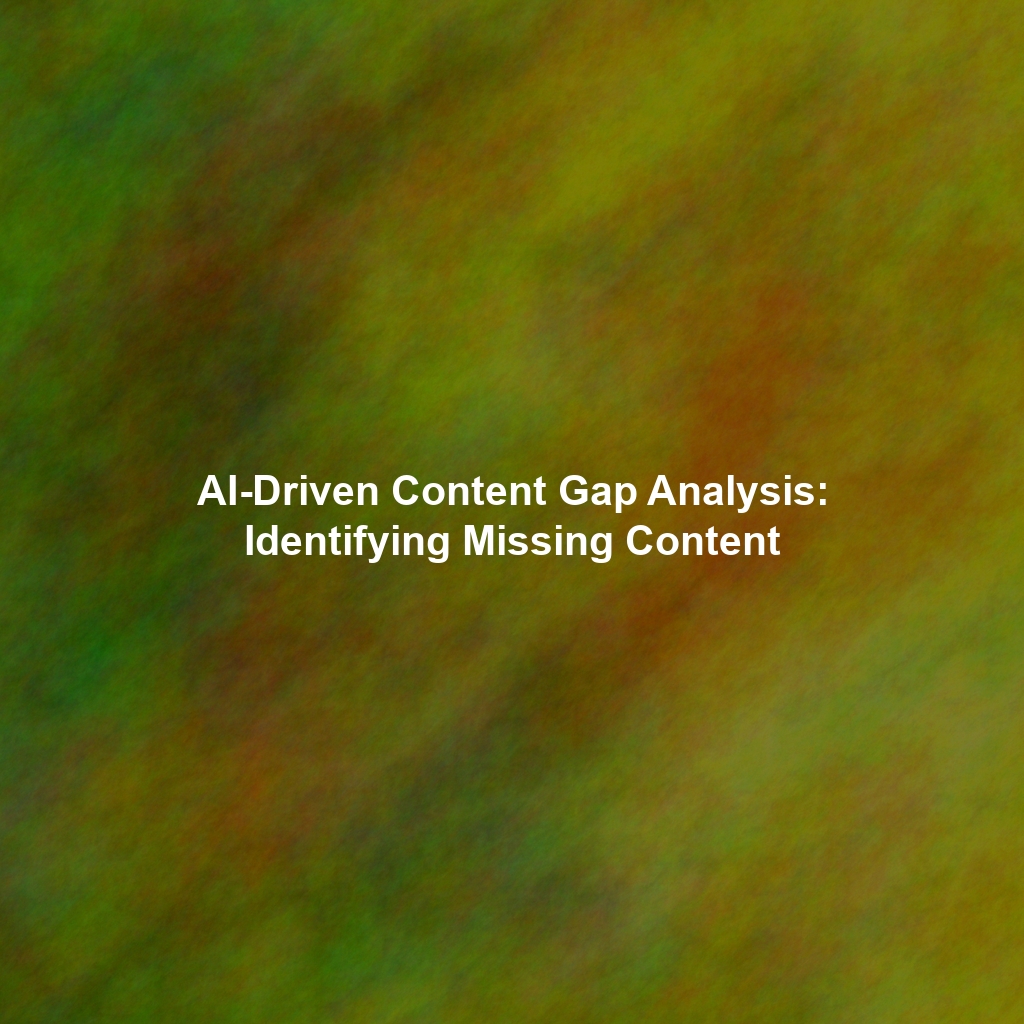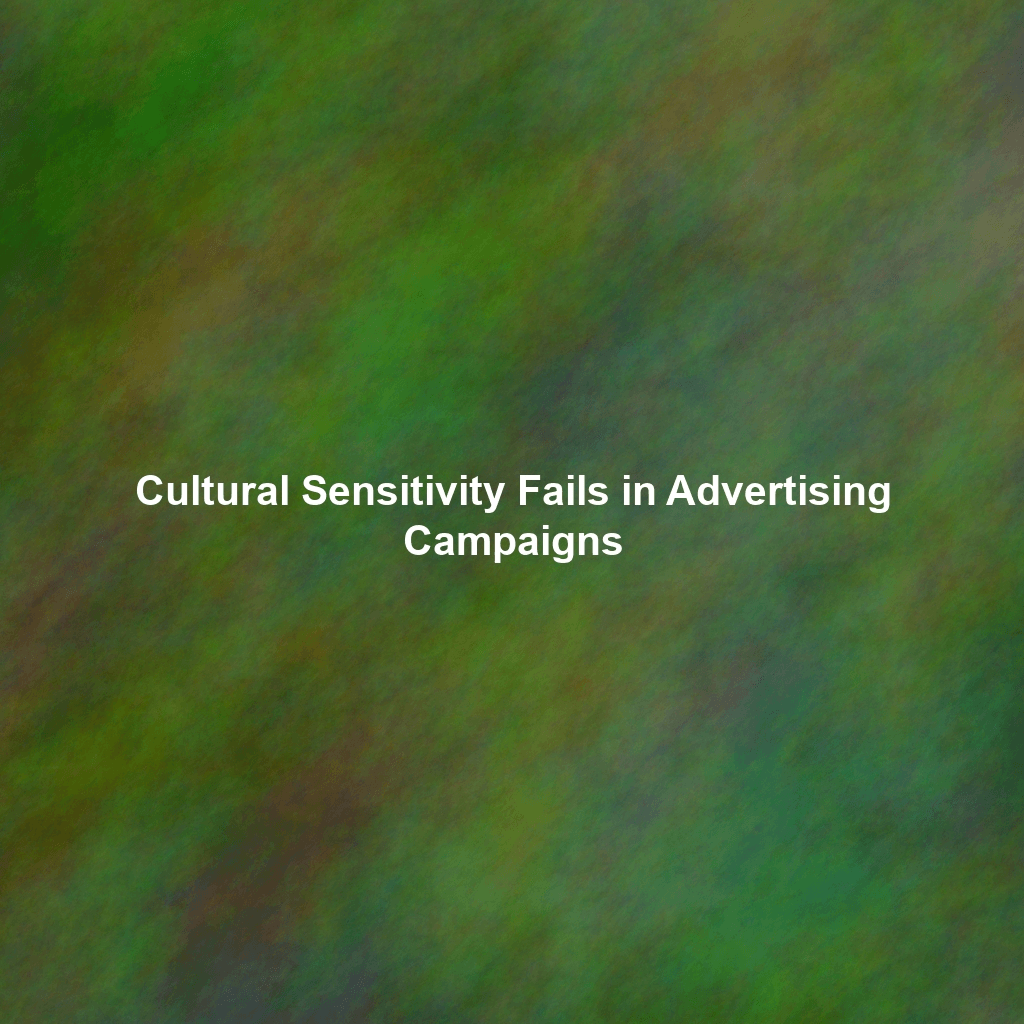Coca-Cola. The name alone conjures images of ice-cold refreshment, summer days, and shared moments. But Coca-Cola isn’t just selling a sugary drink; they’re selling an emotion, a feeling, an experience. For over a century, Coca-Cola has expertly woven happiness, nostalgia, and human connection into the very fabric of its brand, making it one of the most recognizable and beloved brands worldwide. This article delves into the psychology behind Coca-Cola’s emotional branding strategy, exploring how they’ve successfully cultivated positive brand associations that resonate deeply with consumers.
The Power of Emotional Branding: Beyond the Product
Emotional branding goes beyond simply highlighting a product’s features or benefits. It’s about creating a powerful, lasting connection with consumers by tapping into their emotions, values, and aspirations. The goal is to make the brand a part of the consumer’s identity, fostering loyalty and advocacy. Coca-Cola understands this concept implicitly. They rarely focus solely on the taste or ingredients of their beverage. Instead, they craft narratives that evoke feelings of joy, togetherness, and cherished memories.
Psychological Principles at Play
Several key psychological principles underpin Coca-Cola’s successful emotional branding:
- Classical Conditioning: By consistently associating their product with positive experiences (e.g., holidays, celebrations, family gatherings), Coca-Cola has conditioned consumers to associate the brand with happiness.
- Nostalgia: Coca-Cola frequently uses imagery and themes that evoke a sense of nostalgia, tapping into fond memories and creating a warm, comforting feeling associated with the brand. Think of their classic Christmas commercials featuring the Coca-Cola polar bears.
- Social Connection: Coca-Cola’s advertising often portrays people sharing moments of joy and connection while enjoying their product. This reinforces the idea that Coca-Cola is a catalyst for social interaction and shared experiences.
- Mirror Neurons: When we see others experiencing positive emotions, our mirror neurons activate, causing us to vicariously experience those emotions ourselves. Coca-Cola’s ads are designed to trigger this response, making viewers feel good simply by watching others enjoy the product.
Coca-Cola’s Iconic Campaigns: Weaving Tales of Happiness
Coca-Cola’s history is littered with iconic advertising campaigns that have effectively leveraged emotional branding.
“I’d Like to Teach the World to Sing” (1971)
This campaign, launched during a period of global unrest, featured a diverse group of young people singing about peace and harmony while holding bottles of Coca-Cola. The message of unity and understanding resonated deeply with audiences, and the jingle became an instant classic. This ad brilliantly associated Coca-Cola with a universal desire for peace and happiness.
“Share a Coke” (2014)
This incredibly successful campaign replaced the Coca-Cola logo on bottles and cans with popular names. The campaign encouraged consumers to “Share a Coke” with friends and family, fostering a sense of personal connection and encouraging social interaction. The clever personalization aspect tapped into people’s desire for self-expression and connection, making it a viral sensation.
Christmas Campaigns Featuring the Coca-Cola Polar Bears
The Coca-Cola polar bears, introduced in 1993, have become synonymous with the holiday season. These lovable characters, often depicted enjoying Coca-Cola in a snowy landscape, evoke feelings of warmth, joy, and family togetherness. These campaigns are a masterclass in creating a consistent and enduring emotional connection with consumers during a specific time of year.
The Impact on Brand Perception and Sales
The consistent use of emotional branding has had a profound impact on Coca-Cola’s brand perception. Consumers don’t just see Coca-Cola as a soft drink; they see it as a symbol of happiness, connection, and cherished memories. This positive brand association translates directly into brand loyalty and increased sales. While taste and price are important factors, the emotional connection Coca-Cola has cultivated gives it a significant advantage over competitors.
Furthermore, Coca-Cola’s investment in understanding cultural nuances across different regions allows them to tailor their emotional branding campaigns to resonate with local audiences. This global yet personalized approach has solidified Coca-Cola’s position as a global icon.
Beyond Advertising: Maintaining the Emotional Connection
Coca-Cola’s emotional branding extends beyond traditional advertising. Their sponsorships of sporting events, music festivals, and community initiatives further reinforce their association with positive experiences. They actively engage with consumers on social media, creating opportunities for dialogue and fostering a sense of community around the brand.
Conclusion: The Enduring Power of Happiness
Coca-Cola’s success is a testament to the power of emotional branding. By consistently associating their product with happiness, nostalgia, and human connection, they’ve created a brand that resonates deeply with consumers on a global scale. While marketing trends may come and go, the human desire for happiness and connection remains constant, ensuring that Coca-Cola’s emotional branding strategy will likely continue to drive sales and brand loyalty for years to come. The key takeaway? Sell the feeling, not just the product, and you’ll create a lasting bond with your audience.
 Skip to content
Skip to content

